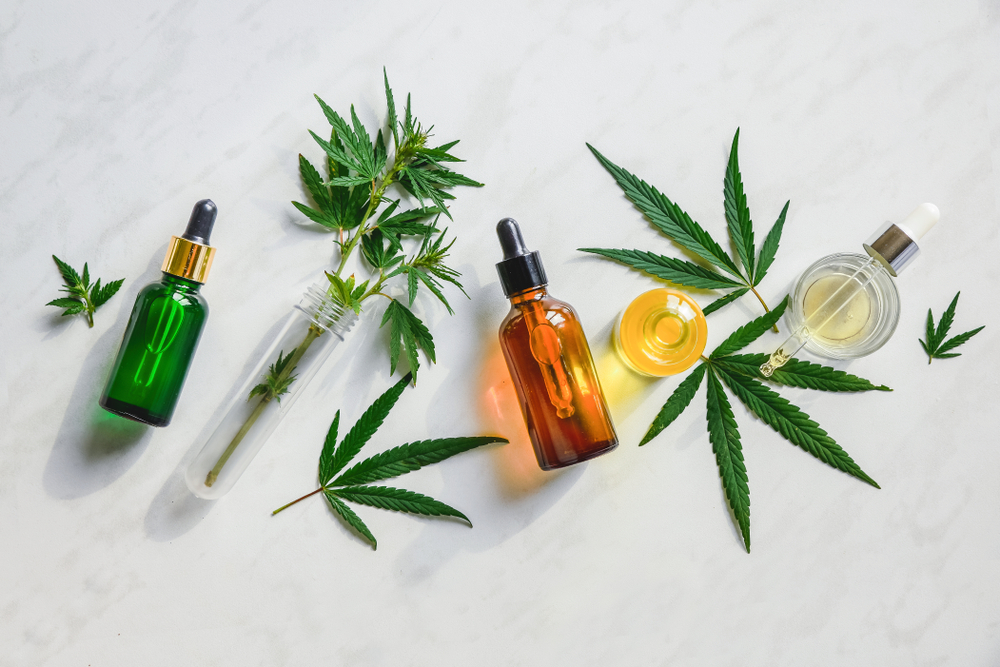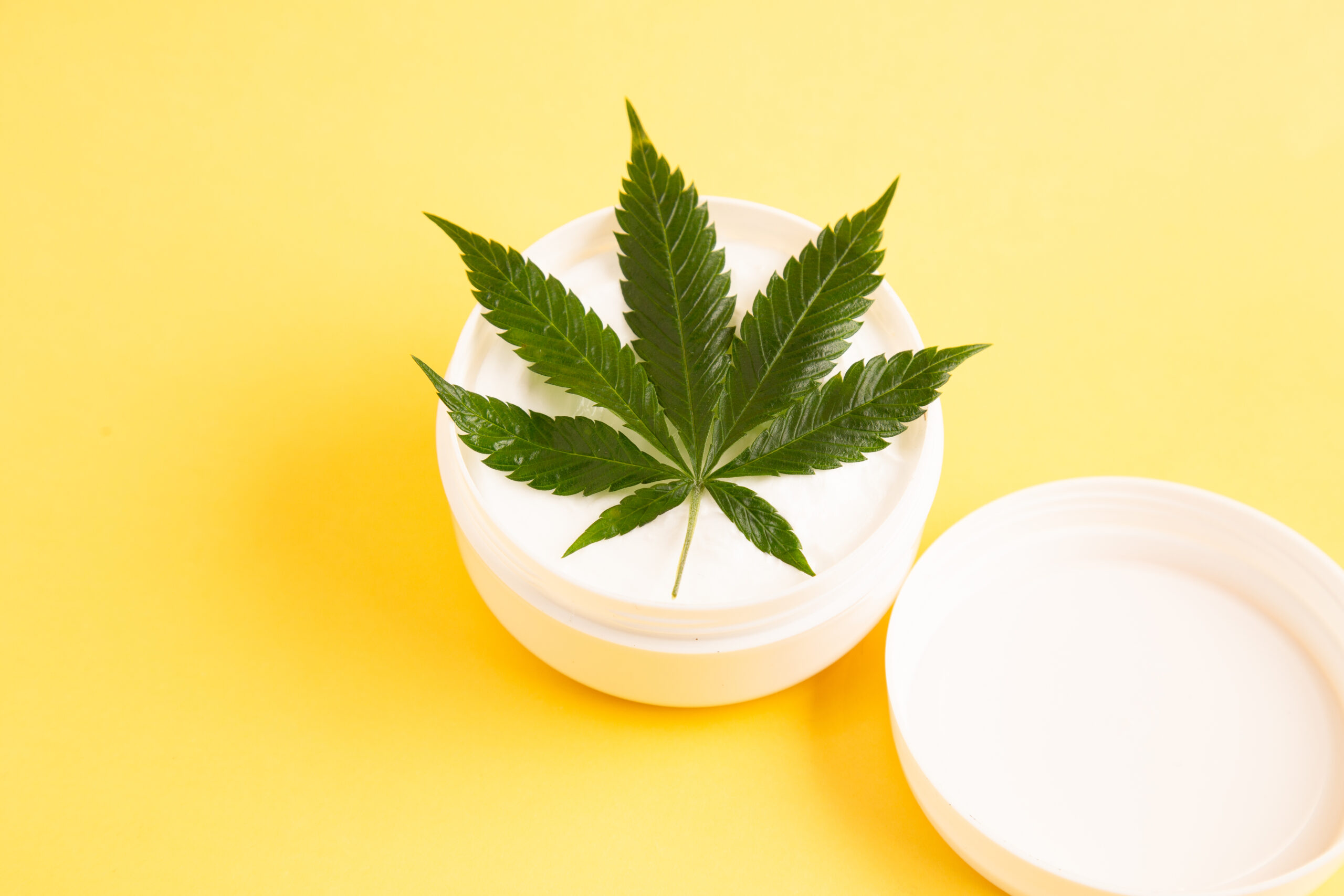Month: March 2021
Cannabis Topicals and Skin Care: Everything You Want to Know About Using Cannabis Products on Your Skin
Glowing Skin, Help With Acne—Learn How CBD-Infused Skin Care Products Can Enhance Your Routine
Chances are, you’ve heard that cannabis and CBD can help ease anxiety, manage chronic pain and reduce inflammation when ingested. But did you know that cannabinoids applied topically to the skin may help relieve a whole host of skin-related issues, from acne to psoriasis? Yep. Mounting scientific evidence supports the use of topical cannabinoids for numerous skin conditions.
Since the passage of the 2018 Farm Bill that legalized hemp on the federal level, CBD-infused skin care products are becoming more accessible than ever. And with the recent ability to conduct more robust R&D into a range of different CBD-based formulations, skin care manufacturers are now bringing a growing number of increasingly effective CBD-infused products to market.
Let’s explore some of the specific skin conditions that new CBD-infused skin care products are targeting, and then dive into what to look for in skin care topicals.
CBD for Acne
Most of us know the unpleasant experience of looking in the mirror and discovering an angry, red blemish percolating on our face. If you’re like us, you’ve probably tried to calm pimple flares with products containing active ingredients such as salicylic acid and benzoyl peroxide. These products work well for some. But for many of us, traditional acne-fighting agents leave much to be desired.
Cannabinoid-infused skin care products offer a new way to fight unwanted zits. Acne is typically the result of inflammation and excess oil, dirt and dead skin cells clogging up the pores, which creates bacteria and leads to pimples. So keeping the skin clean of acne-producing buildup and minimizing inflammation is the name of the game when it comes to treating and preventing blemishes. That’s where CBD comes in.
Promising research shows that CBD acts as an effective sebostatic agent, which basically means it curbs the production of sebum, the oily substance our skin produces. CBD also exerts anti-inflammatory effects on our oil-producing glands, indicating real promise as an acne-fighting agent.
CBD for Psoriasis
Some 7.4 million Americans are affected by psoriasis, an autoimmune disease that causes red, itchy, scaly skin lesions (or plaques) to form on the skin. There is currently no known cure for psoriasis, and available pharmaceutical treatments don’t work for everyone. That’s why more and more people are turning to CBD as a newer treatment option.
Clinical research into CBD for psoriasis is ongoing, but early findings are promising. Results from a 2007 study indicates CBD slows the proliferation of skin cells involved with plaque formation. And evidence from a 2019 anecdotal study found that applying CBD-infused ointment on psoriatic skin safely helped to reduce psoriatic skin rashes.
Similarly, it appears that CBD can mimic the effects of topical corticosteroids without the potential side effects and irritation of super-sensitive skin around the eyes, groin or armpits—helping those struggling with psoriasis or even chronically dry skin find some relief.
CBD for Fine Lines and Wrinkles
We’re of the mindset that aging isn’t a curse, but rather, a privilege. That said, we’re all for skin care products and routines that can help support healthy skin and graceful aging. And we’re pretty excited to see emerging research indicating that CBD may help promote healthy, more youthful skin at any age.
After about age 20, our natural production of skin-firming collagen begins to wane, which contributes to the appearance of aging skin. But research shows that CBD promotes collagen-boosting properties, which may help reduce the appearance of wrinkles, fine lines and dullness.
Why Some People Are Swapping Cannabis Edibles for Sublinguals

Dispensary shelves are loaded with an array of non-smokable cannabis options, leading to a key question: Are sublinguals better than edibles?
They both involve putting a cannabis product in your mouth, but there are large and important differences between edibles and sublinguals. Sublinguals, far from being just another type of edible, are a unique way to tap into the power of cannabinoids.
The difference between edibles and sublinguals: Absorption
The differences between sublinguals and edibles all stem from how the two are absorbed and processed by the body.
Edibles take the familiar route down to your stomach, where some of what you eat is broken down and eventually passed into the bloodstream. This takes time, hence a wait of 30 to 90 minutes for edibles to kick in, and causes you to lose a significant portion of the good stuff (aka cannabinoids such as THC and CBD) in the digestion process.
Sublinguals, however, enter the bloodstream through a different passageway: the membranes under your tongue. The area by your salivary glands has a high density of blood vessels, and is an excellent spot for absorbing tinctures and other sublingual medicines. The same is true of the nasal cavity, which is why it is sometimes a landing spot for various pharmaceutical medicines.
Before you go sticking a cannabis chocolate bar under your tongue, be aware of another key difference between edibles and cannabis sublinguals: Many sublinguals coming on the market are prepared in a specific way so that the extracted cannabis oil is atomized into microscopic component parts that can more easily slip into the bloodstream, a process called nanoencapsulation. With traditional edibles, the cannabis oil, not to mention the food it’s in, are generally not going to get too far sublingually.
By taking a shortcut into your blood vessels, sublinguals can have a much quicker onset time: typically 10-20 minutes. This makes them easier to anticipate and time the overall experience, and ramp up gradually according to where you want to land. Sublinguals typically last for around two to four hours, but as always, each person, plant and experience is unique, and your mileage may vary.
The sublingual experience
If smoking cannabis is like jumping over a threshold, with a clear kick-in moment, sublinguals are more like going for a brisk walk while the scenery gradually changes. The onset is quick enough to feel, but gentler than smoking and even some edible experiences. The experience tends to be less intense and easier to dial in than edibles.
Consuming sublinguals may not have the same sense of tradition-steeped ritual around it as other consumption methods, partly because it is a relatively new way of enjoying cannabis. However, what it lacks in history, it makes up for in ease and discretion. Consuming cannabis can be as simple and unobtrusive as placing a strip under the tongue until it dissolves, or a dropperful of liquid and then holding it there until it’s absorbed.
More bang for your buck
Smoking and vaping rise to the top as far as efficient consumption methods go, but many people would rather spare their lungs and seek out alternatives.
Anyone who has ever made their own edibles knows they can take a LOT of flower, and results can vary widely because of the home preparation methods. Even with edibles purchased at a dispensary, one must account for differences in our metabolism from moment to moment, not to mention that most of the cannabinoids are lost in the digestion process. For all their merits, edibles are a relatively inefficient delivery system for cannabis.
Because of the way they work, sublinguals are much more efficient than edibles, and allow for more precise dosing.
When one eats an edible, you can’t know exactly how much THC or CBD will be absorbed into the bloodstream. While the same is technically true for sublinguals, the uncertainty is in a much tighter range. Because it is more efficiently absorbed, sublinguals can be more precisely administered, and you can have a better sense of the amount of cannabinoids you are consuming.
There are more ways than ever to consume cannabis, but the smoothness, subtlety and precision of sublinguals are making them an ever-more popular option, especially as an alternative to traditional edibles.
Learn more about cannabis and cannabinoid products on the Veritas blog.


